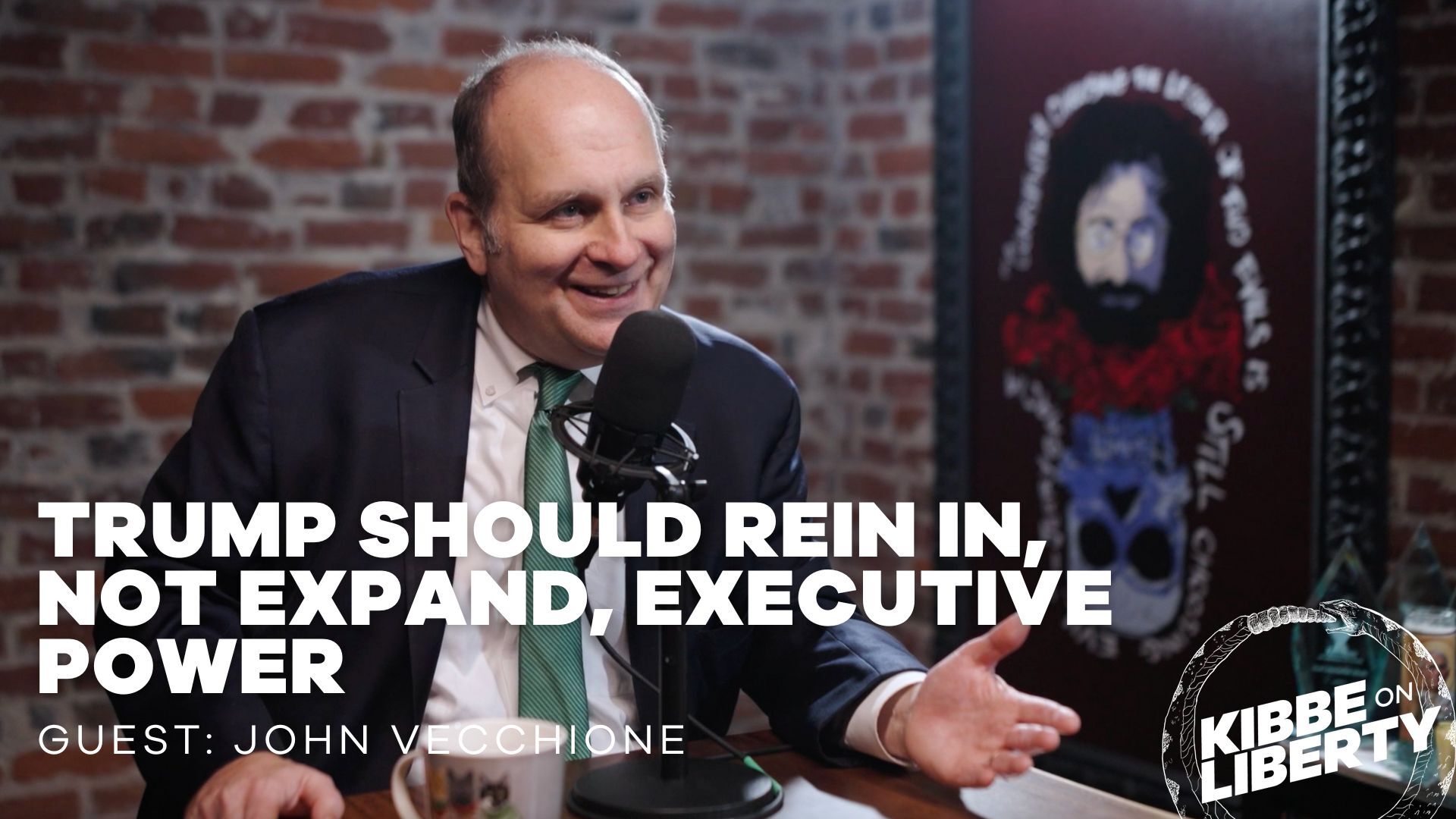
Infrastructure Boondoggles: Trump’s Big-Spending Bedfellows
Democrats may remain terrified at the prospect of a Donald Trump administration, but there is at least one issue where they find themselves in agreement with the real estate mogul-turned president: infrastructure spending. As Congress prepares a short-term spending bill to fund the government into March of 2017, Democratic lawmakers are pushing for increased spending on roads, bridges, and other infrastructure, an issue that Trump himself repeatedly prioritized during the campaign.
Spending on infrastructure has always been a populist favorite. In addition to keeping the highways and byways of the United States in good working order, there is a belief that such “shovel ready” projects produce jobs, increase wealth, and generally stimulate the economy. It gives everyone the warm fuzzy feeling that comes from rolling up one’s sleeves and getting to work, striving together for the common good. But there are two major problems with increasing infrastructure spending: First, such projects don’t actually create jobs or stimulate the economy; and second, the Highway Trust Fund, which would be used for these projects, is essentially bankrupt.
Let’s tackle these in order. It seems intuitive that putting unemployed Americans to work repairing roads would make life better for us all. Since these workers are now earning money, they can spend it at other businesses, thus creating economic activity that benefits us all, right? Actually, no. The reason why this doesn’t work is that there is a hidden cost that comes with all such projects. We don’t see it, so we don’t think about it, but it is there nevertheless. The issue is that the money needed to pay for new infrastructure has to come from somewhere, and since government can’t create wealth out of thin air (all it can do is print currency), this means that the funding ultimately comes from you and me, the taxpayers.
When money is taken out of the economy through taxes, we lose the ability to make purchases and investments that are important to us. This foregone spending would have supported just as many, if not more, jobs than the infrastructure spending will, but rather than being directed towards a project chosen by bureaucrats, it would have been directed to things that real people care about and want to support; and since no one likes to lose their money, the investments made would be careful and cautious. The government, on the other hand, has nothing to lose if it fritters away tax dollars unwisely, because the money was never theirs in the first place, it was ours.
The question of where the money comes from leads me to the second point: the financial straits of the Highway Trust Fund. This is the fund that is supposed to be used for road building projects, and which in turn is funded through the gas tax. But reckless spending and a decline in gas tax revenues have left the fund practically empty, and much infrastructure over the last eight years has been financed through general fund transfers, a dangerous precedent that works against fiscal responsibility. The Highway Trust Fund is currently running a large structural deficit, and has only survived through the transfer of $41 billion from the general fund since 2008. There has been some talk of reforming the Highway Trust Fund by either raising the gas tax, imposing user fees on drivers for each mile traveled, or increasing customs and duties on imported goods to make up the difference. Sen. Mike Lee has proposed devolving federal transportation spending to the states. Yet so far none of these have amounted to anything. It is important to understand that none of this can be done without a cost, a cost we all pay in terms of higher prices or more taxes.
It may be true that some of our roads need fixing, but don’t be fooled by the populist promise that boosting infrastructure spending will be a panacea for the economy, or that it can be done without cost to the rest of us. Government always spends more money than it has, and rarely spends it wisely.
This article originally appeared on Conservative Review.
Free the People publishes opinion-based articles from contributing writers. The opinions and ideas expressed do not always reflect the opinions and ideas that Free the People endorses. We believe in free speech, and in providing a platform for open dialogue. Feel free to leave a comment.



